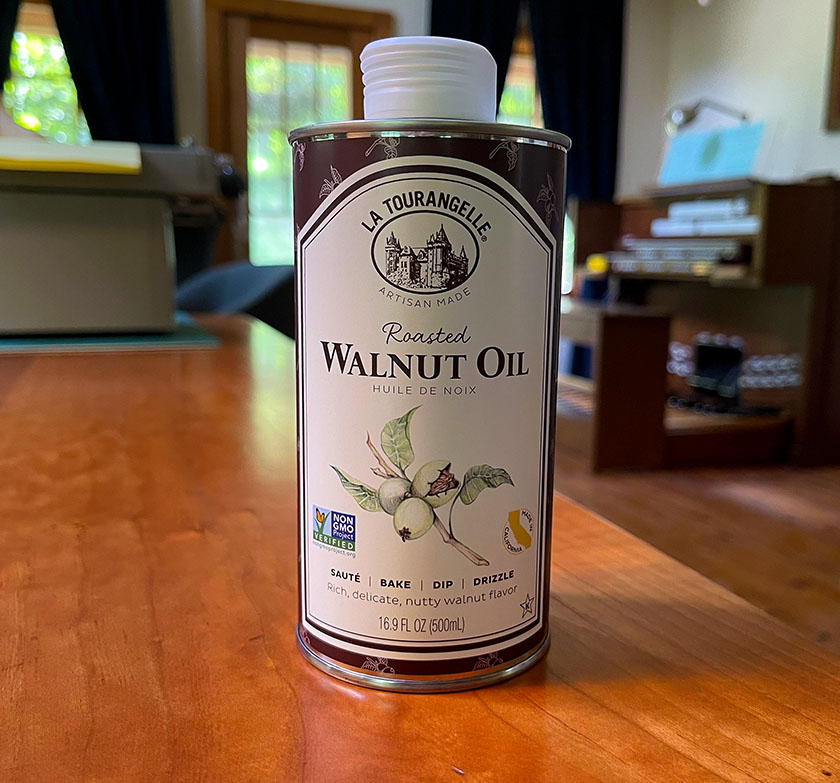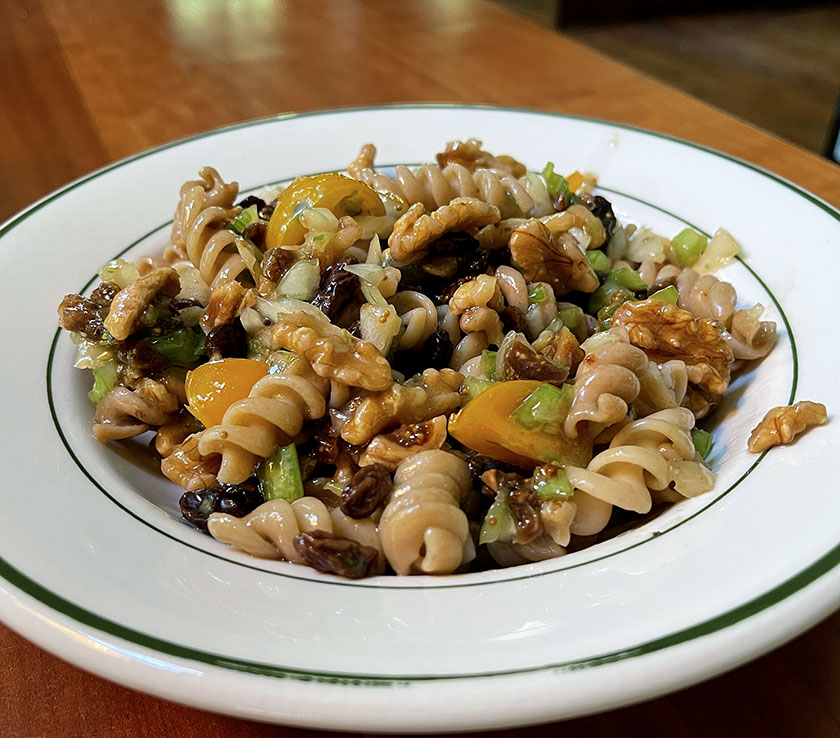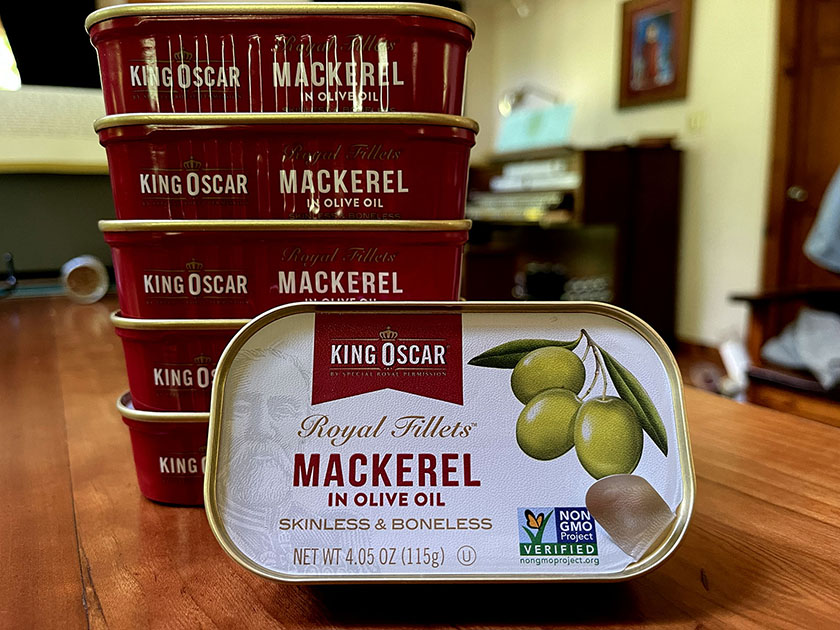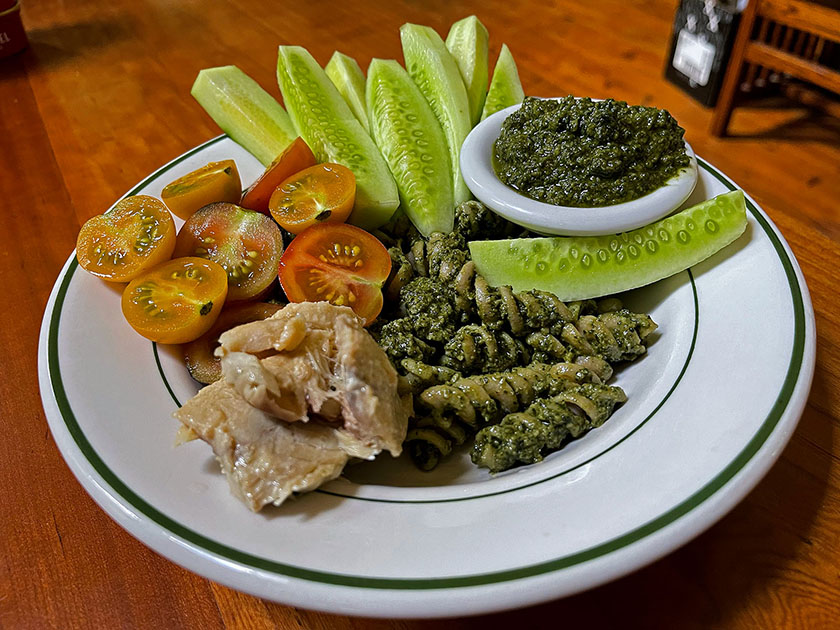
A baked pumpkin. I’ll scrape the goody out with a spoon. This pumpkin became soup. See below.
It’s pumpkin season, after all, so I hope you can put up with my pumpkin evangelism a little longer.
Once upon a time in America, a time that I can remember, everyone in rural America acquired fresh apples in the fall. Lots of people had their own apple tree. Those who didn’t have their own apple tree probably had neighbors who did. And many people lived near orchards where you could buy apples by the bushel or the peck. A family of four to six people could easily use a bushel of apples by Thanksgiving. If you bought enough, they’d last until Christmas, because apples keep well.
Pumpkin pie is as American as apple pie. Maybe pumpkins weren’t as much of an autumn must-have as apples, but plenty of people also acquired “eating pumpkins” for fall. Pumpkins keep just as well as apples, so there was your pumpkin pie for Thanksgiving, and maybe Christmas, too.
These days, you can buy fresh apples all year. I have no idea how that works, because, traditionally, any apples that lasted through the winter would be pretty shriveled by spring. In C.J. Sansom’s Shardlake novels, set in Tudor England, the London womenfolk sometimes sent the menfolk to market to get apples, even shriveled ones, because apples were an important food. As for pumpkins these days, you’d better get them before Halloween, because after that there won’t be any. That is a shame. Because pumpkins, properly stored, will easily keep all winter.
I came across an article at BBC News about pumpkins as an international superfood. They will grow in poor soil, they’re drought tolerant, they’re very nutritious — including the seeds and even the leaves — and they keep well without needing any refrigeration.
Pumpkins also are a good “prepper” crop. A few years ago I supplied some of my neighbors with seeds for what we call “little pumpkins.” The proper name of the little pumpkins is Long Island cheese squash. Several of my neighbors grow little pumpkins now, and each year they keep the seed for next year’s crop. A good stash of homegrown little pumpkins could help make winter a lot more bearable if something happened to our usual supply lines.
Pumpkin soup is a challenge. A savory stock is essential. I like to add just a touch of nutmeg and a teaspoon or two of sugar.

A neighbor gave me the little pumpkin for the soup. The local farmers from whom I buy vegetables grew the lettuce. I baked the bread for the grilled cheese.























